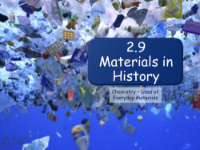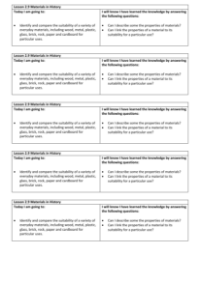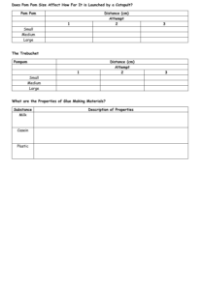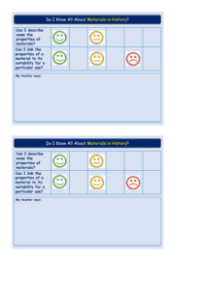Materials in History - Lesson Plan
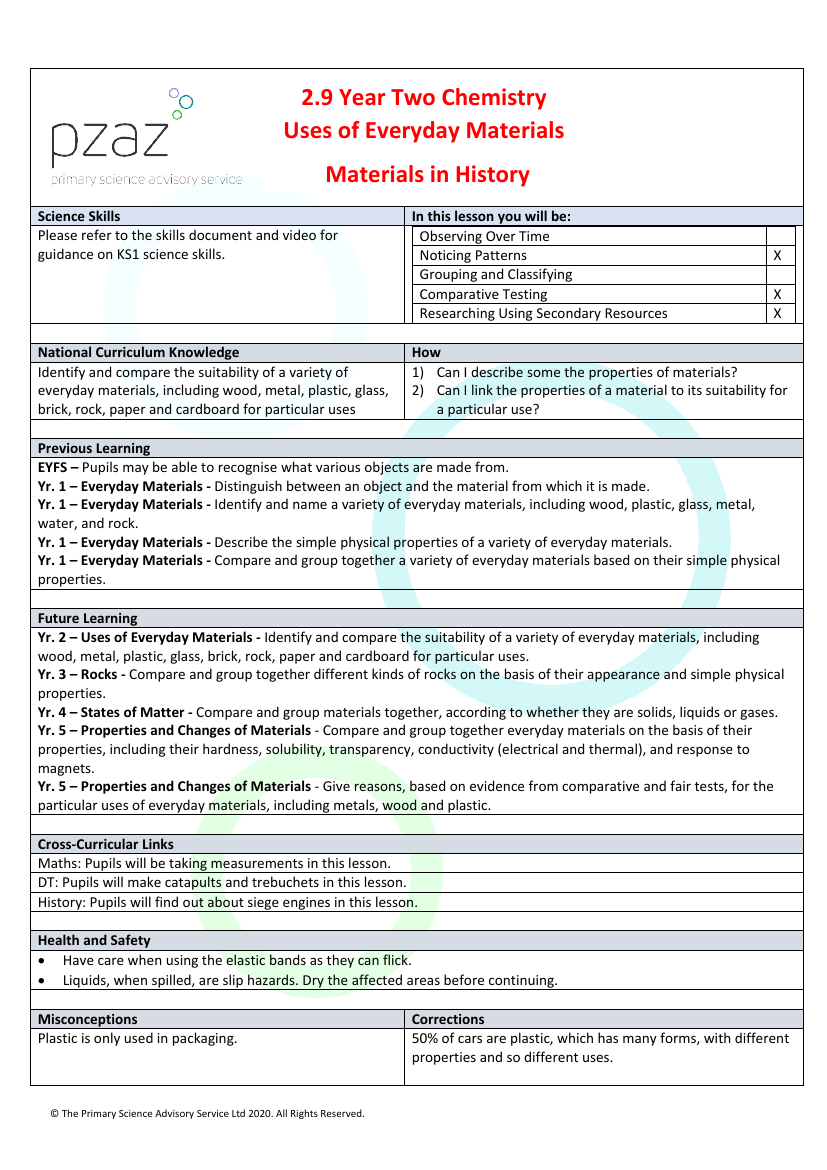
Science Resource Description
In a comprehensive lesson plan focused on 'Materials in History', Key Stage 1 pupils will delve into the world of science by exploring the properties and uses of everyday materials such as wood, metal, plastic, glass, and paper. This plan is part of the National Curriculum's objective to identify and compare the suitability of various materials for specific purposes. Pupils will be encouraged to engage in skills such as observing over time, noticing patterns, comparative testing, and researching using secondary resources. The lesson builds on previous knowledge from the Early Years Foundation Stage, where pupils may recognise the materials objects are made from, and Year 1, where they learned to distinguish between objects and their materials, identify and name materials, and describe and group them based on their physical properties. This foundational knowledge sets the stage for future learning, where pupils will delve deeper into the uses of materials and their properties in subsequent years.
The lesson plan includes a series of activities that encourage hands-on learning and critical thinking. Pupils will research and report on historical siege engines, construct and test the functionality of catapults and trebuchets, and even create plastic from milk, observing the changes in properties from liquid to solid. Throughout the lesson, health and safety considerations are highlighted, and common misconceptions about materials, such as the uses of plastic and the impact of deforestation, are addressed. The plan also incorporates cross-curricular links to maths, design technology, and history, enhancing the learning experience. By the end of the lesson, pupils will be able to describe the properties of materials and understand their suitability for various applications, equipping them with knowledge that spans across scientific disciplines and historical contexts.


